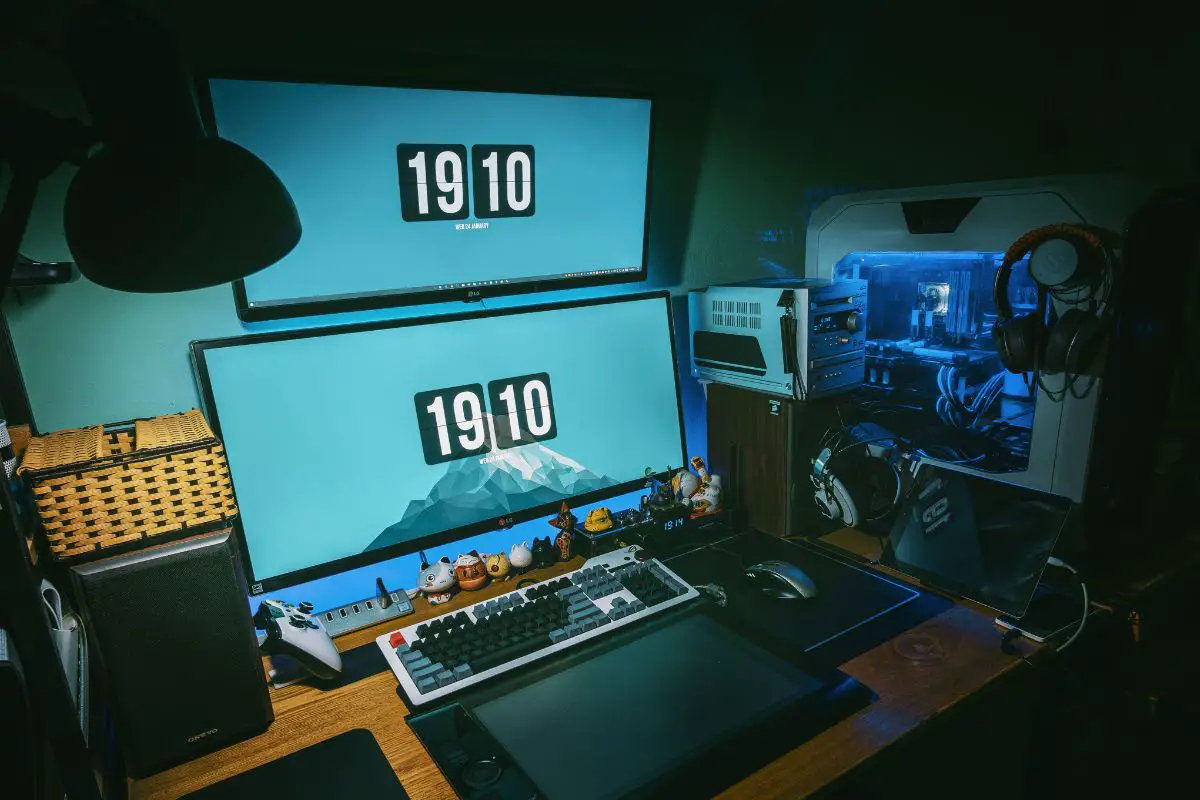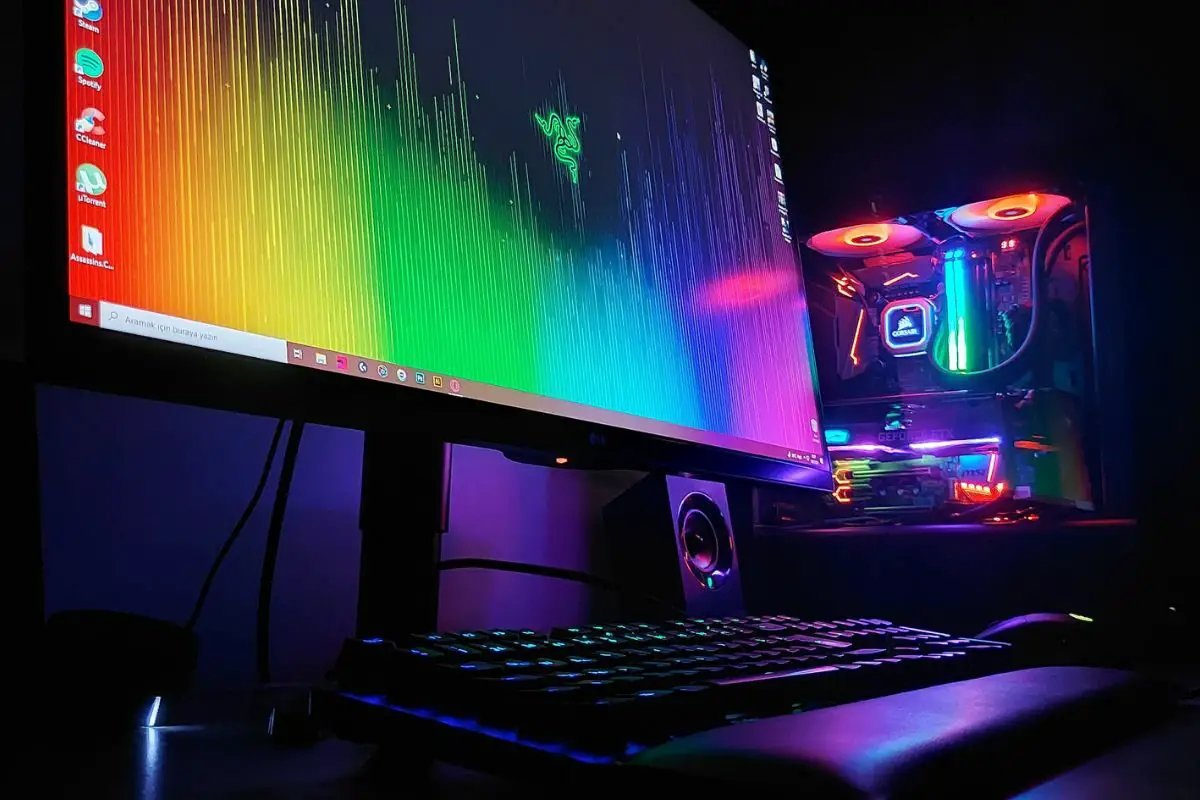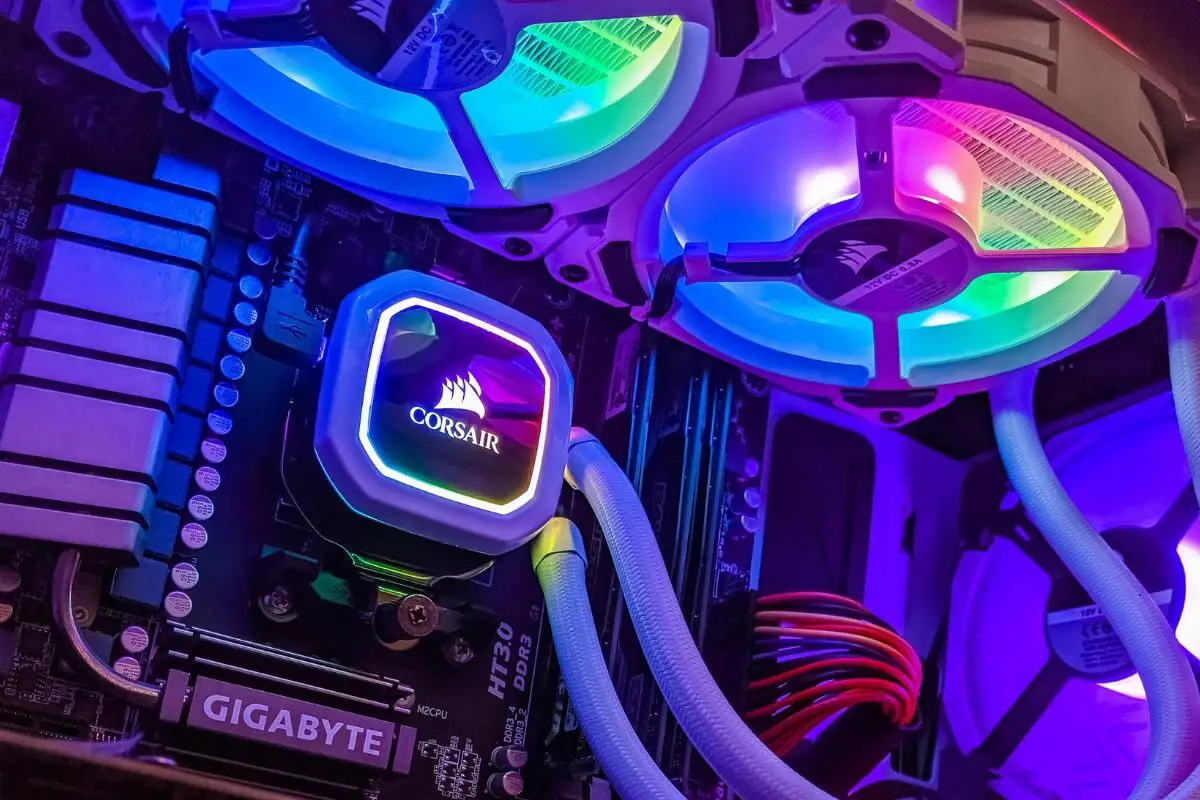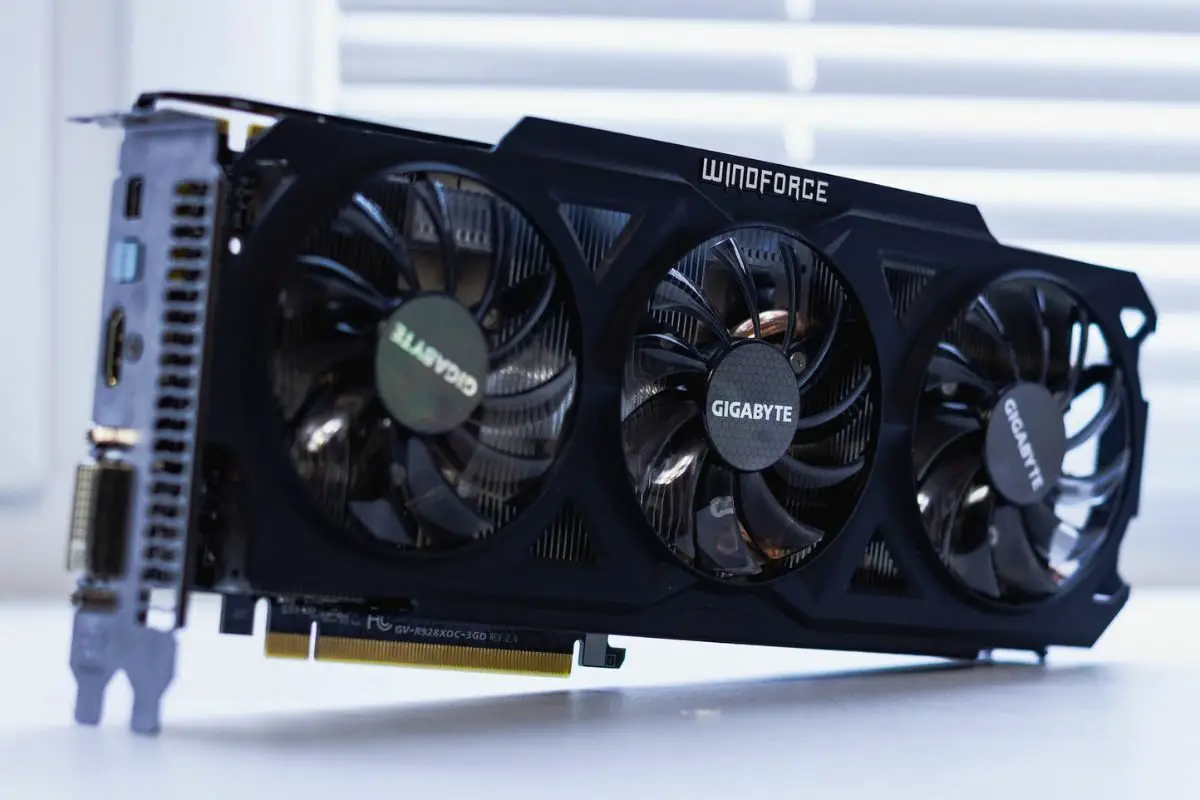
When gaming, the optimal GPU temperature that you see should be anywhere under 85 degrees Celsius — though, the lower, the better. However, the average GPU temperature for gaming tends to depend on the GPU you're using, the type of game you're playing, as well as the GPU cooler on your graphics card.
If you're a hardcore gamer, frame rates matter a lot, and your GPU overheating can seriously throttle performance. It is important to know the normal GPU temperature since it makes it easier to know when there's an issue with your graphics card or its cooling. Over the years, this has helped me keep my computer running as cool as it should.
So, if you want to know about the normal GPU temperature for gaming, I've put this guide together for you. Let's get into everything you need to know.
Contents
The graphics processing unit in your PC will hit its highest temperatures when doing heavy "visual" work, like during video editing, 3D modeling, or gaming.
It's important to know the best GPU temperature when gaming to make sure that your hardware can function at its top potential.
Any GPU temperatures between 65 and 85 degrees Celsius can be considered optimal when gaming. This applies to both Nvidia and AMD GPUs.
Lower GPU temps are better, of course, but at 85 degrees Celsius, there isn't much to worry about, especially if you're playing a very graphically-intensive title.

Most AMD and Nvidia GPUs are built to be able to operate at temperatures over 100 degrees Celsius if it comes to it. Usually, if you check the documentation of your graphics card, you'll see the maximum operating temperature.
However, at these kinds of GPU temperatures, it is clear that you're dealing with an overheating graphics card.
If you keep gaming for hours even when your GPU overheats, what's the worse that could happen? Let's talk about that.
Overheating graphics cards affect most gamers simply because of the performance issues that they cause.
When your GPU hits higher GPU temperatures, it attempts to control the heat buildup by reducing its performance ceiling. When the GPU can't operate as intensely as before, the temperature will naturally drop.
This is why a hot GPU will usually start to cause drops in frame rate and stuttering when playing games.
If you start to see some weird glitches on your screen after gaming for quite some time, it's very likely that your GPU temperature is at dangerous heights.
If you start to see artifacts, I recommend saving your game data and turning off the computer as soon as possible to let the GPU cool.
However, in many cases, by the time you see artifacts, the GPU's temperature has likely caused some permanent damage to its hardware.
Similar to when CPU temperatures get too high, most modern GPUs will simply shut off when the temperatures get way too high.
This is done to protect the hardware from any damage that can be caused by operating at ranges way beyond the maximum temperature.
The Blue Screen of Death, or BSOD, is the name given to what most Windows users see when their PC hits a critical failure of some sort.
When you reach a BSOD, the computer will eventually restart and gives you no chance to recover any data from your current session. When your GPU temperature gets dangerously high, this can result.
It's important to take a good look at this screen because it will usually contain information related to the cause of the failure.
The very worst that can happen if your GPU temperature gets way too high for too long is hardware damage.
Operating beyond the normal temperature range can damage your GPU permanently, and in some cases, other components in the computer, such as the PCIe port that the card is in.

With all the risks and annoyances that can come if you let your GPU temperature run out of check, it is a good idea to always keep an eye on it to make sure that it's running at normal temperature.
There are a few different ways that you can keep an eye on the temperature of your GPU, and these work for both Nvidia and AMD GPUs.
To keep an eye on your GPU temp in Windows, you'll be happy to know that there's an inbuilt tool that will do just that for you.
You can access the Performance Monitor in just a few easy steps:
If you use Linux or Windows, you can use Open Hardware Monitor, which is an open-source application that can be used to check various hardware temps in your PC.
I like this option a lot because of it is versatility and ease of use. Once you have it installed, it is pretty easy to check your hardware and make sure everything is operating within optimal temperatures.
People using computers on macOS are not left out from being able to monitor their GPU temps.
To do this, I recommend using a tool like XRG. This tool is open-source and can be used to monitor several components in your Mac, including the GPU.
Two people with the exact same GPU might have significantly different temperatures when gaming.
This is because there are a lot of factors that influence how hot your GPU can get, beyond just the graphics card that you have.

Let's talk about a few of these things that influence how hot your GPU can get:
If your GPU is frequently hitting higher temperatures, it can be a good idea to try out a few tricks that might be able to offer better cooling or reduce the heat produced.
No matter which cooling solutions you use — air or liquid — your PC still relies on good airflow to keep things cool.
If your PC is clogged up with dust, airflow inside is impeded and the case fans aren't able to bring in air as efficiently, and this can affect cooling significantly.
You should try and clean off your case and the components inside to free them of dust. Using compressed air is an effective and fast way to do this.
Your overheating issue can be a result of poor positioning of your computer case.
Make sure that your PC isn't stuck right against a wall or surrounded by large objects. Airflow is optimal when air doesn't need to squeeze between or around objects to get inside your computer.
If you have an air-conditioner, turning it on can be one way to combat any overheating that you're facing, especially in the summer months.
At the same time, if you have a heater that you're using in colder times of the year, it's a good idea to keep your computer far away from it.
If you're trying to get the very best out of your AMD or Nvidia GPU, it's understandable that you might have put it through a bit of overclocking.
However, if your cooling isn't good enough, you likely won't be able to get any better performance out of this setup. Instead, you'll end up dealing with a high-temperature reading.
Turning off overclocking can keep your GPU within safe temperatures.

When playing games, you'll want your normal GPU temperature to be between 65 and 85 degrees Celsius. Generally speaking, under 85 degrees is fine, especially when playing demanding games. However, once it crosses that upper limit, your GPU temperature is too hot.
As a general rule, you should keep your computer case, GPU blower fan, and other internal components free of dust. You can also make sure your PC is in a well-ventilated position to enable adequate airflow to the GPU.
Was this article able to show you the normal GPU temperature for gaming and how to control overheating? If so, take a look at our related articles where you can learn more.
